
photo by: eberhard grossgasteiger
Regardless of what type of photographer you are, or how long you’ve been shooting –there’s a good chance that you’ve heard the term “golden hour” before –maybe you’ve even shot during this time of day.
In the photography world, golden hour is considered to be one of the best times of day to take photos –whether they’re landscapes, nature shots, macros, or portraits. During golden hour; that time of day just after sunrise and again just before sunset, the sun is much lower in the sky, resulting in softer, gentler lighting. This is a great time of day to capture landscapes –ones that feature the entire world awash in a beautiful glow.
The right lighting can make a difference between an everyday image, and one that’s truly spectacular, and timing your landscape shoots around golden hour can make all the difference in your landscape images.
With this in mind, let’s take a look at a few tips for golden hour photography now, and see how you can make the most of this beautiful time of day.
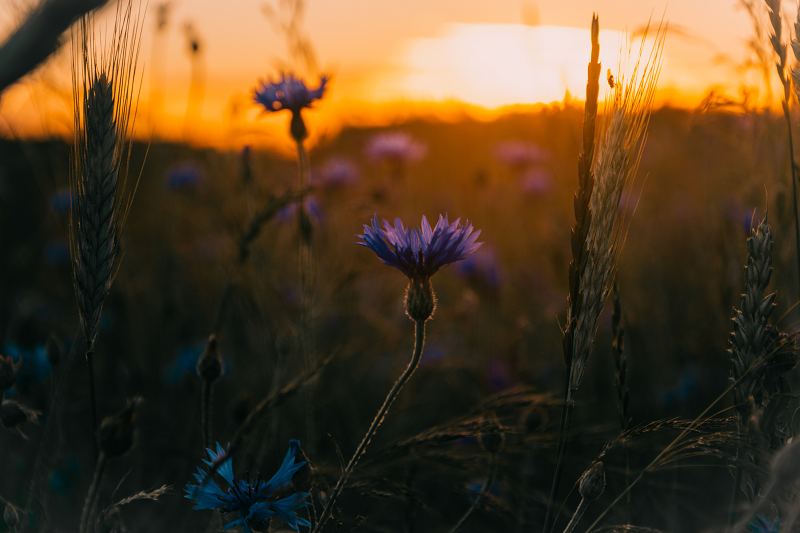
photo by: Irina Kostenich
Making the Most of Golden Hour
It’s worth noting that golden hour doesn’t happen every day –it’s something that’s very much weather-dependent. The long, drawn-out sunrises and sunsets of summer are ideal for capturing golden hour images; as the window for shooting will be longer than it would be during the shorter days of winter. It’s also weather-dependent –a clear day with just a few clouds is ideal, while overcast weather will block the light.
Now, let’s take a look at some tips for making the most of golden hour.
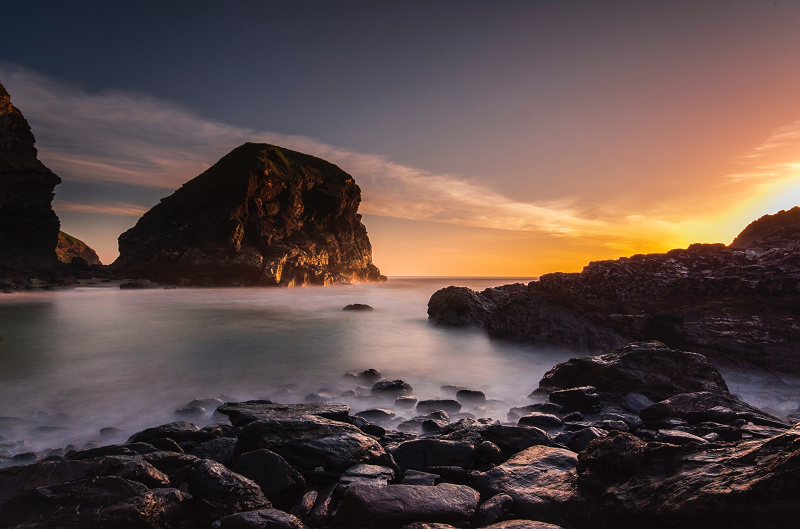
photo by: Viktor Smith
• Find a Good Spot
First, you’ll want to scout out a good location early. You’ll want to determine where the sun rises, or sets –depending on whether you’re planning a morning or afternoon shoot, and ensure that you’re on-site and ready when it arrives. You’ll also want to consider getting ahold of an app like Golden Hour –which will help you to calculate the time and duration of sunrise, sunset, and other sunlight phases –in different locations.
• Arrive Early
Even though the name suggests that the golden hour lasts an hour, the length of time you’ll have to work with will vary considerably depending on the time of year. Generally, though, your window of time will be short so try getting on-site and set up early to maximize the time you have to shoot.
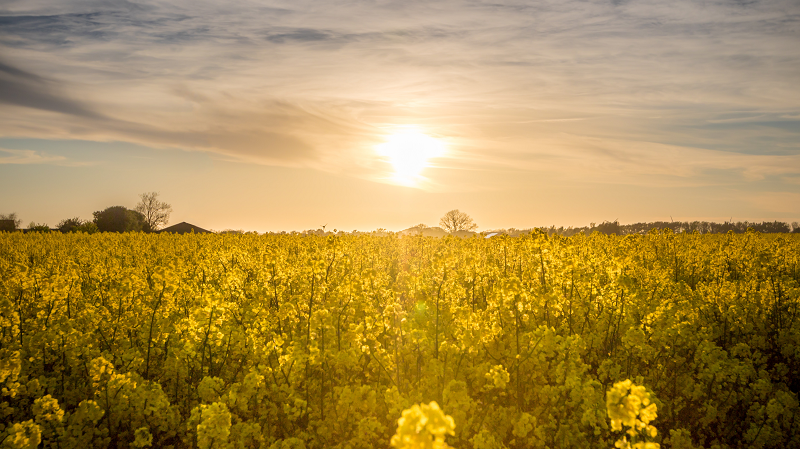
photo by: Mantas Hesthaven
• Use Your Tripod
Don’t forget to bring your tripod. It will help your images to stay crisp and sharp, preventing camera shake that will result in blur. You’ll also want to use a remote shutter cable release, or your camera’s timer –especially when using longer exposures, to keep your camera steady.
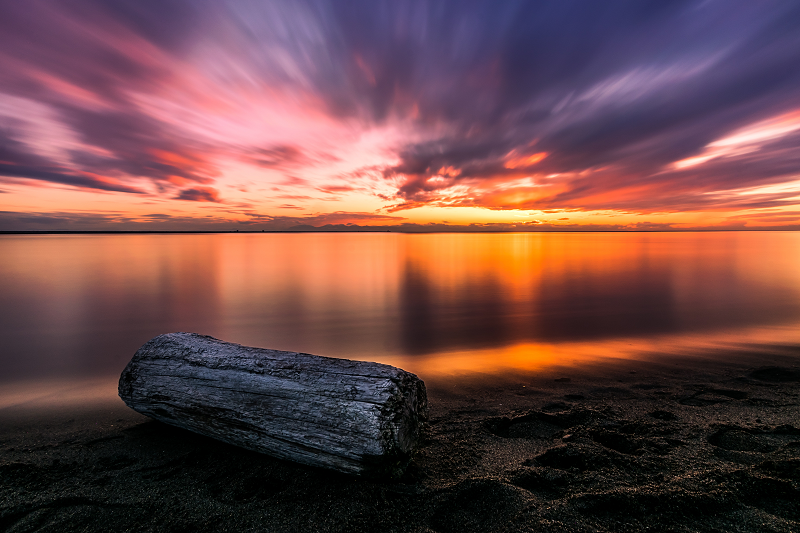
photo by: Johnny Chen
• Look for Water
If you can set up near a water source –like the ocean, or even a lake or pond, you’re in for a real treat –especially if you can create a composition that captures the sun reflecting off of the surface. The beautiful golden sunlight reflecting off of the water means that your image will be filled with light –making for a truly spectacular photo opportunity! If you have a wide-angle lens, now is the time to use it. Positioning something in the foreground, like a fallen log or boulder, and then using a slow shutter speed to blur the movement on the surface of the water can result in a beautiful image with artistic flare.
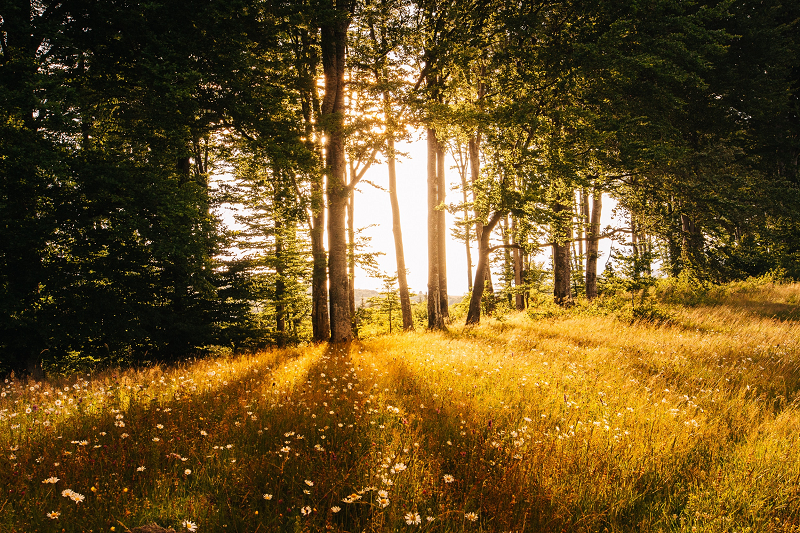
photo by: Anton Darius
• Look for Shadows
Golden hour means dramatic shadows. When composing your images, look for shadows to include as part of your composition. Shadows can help to add depth to an image, serve as a focal point, or in some cases, act as leading lines to draw the eye through the image. Or, if you prefer, compose your shots to avoid the shadows altogether! Just be aware of the impact that they will have on your resulting images.
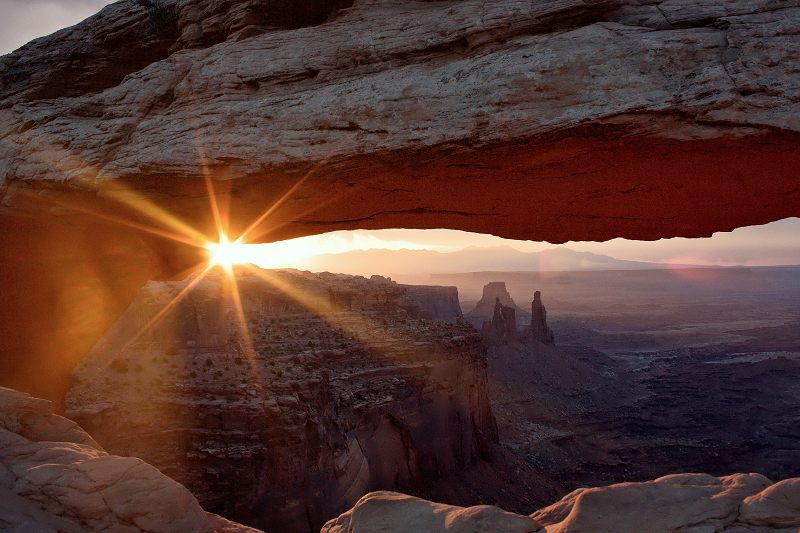
photo by: Matty Cooper
• Look for Sun Flare
Since the sun’s much closer to the horizon, it’s easy for unwanted sun flare to appear in your images. Generally, you’ll want to use your lens hood during golden hour to help prevent sun flare. In some cases, though, you may want to include some sun flare to add an artistic touch. To capture flare, remove your lens hood, compose your shot so the sun is hidden behind an object, and consider using an aperture of f/16 or higher. Just remember to never look directly at the sun –even when it’s setting! And never look directly at the sun through your viewfinder. Doing so can cause damage to your eyes.
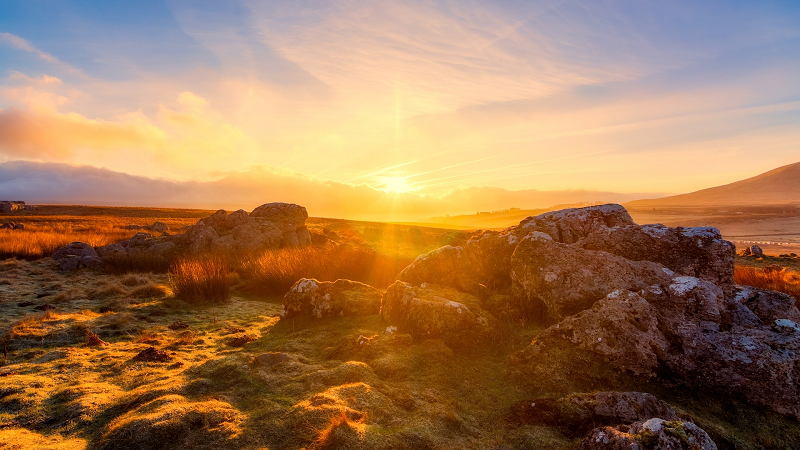
photo by: TimHill
• Capture Mist and Fog
Golden hour can be a perfect time to capture beautiful some early morning mist. The morning sun streaming through the fog can result in some beautifully ethereal images.

photo by: Spencer Watson
• Create Silhouettes
This is also an ideal time for capturing silhouettes. By angling your camera so that the sun is obscured by an object, you can capture a silhouette. Adjust your aperture to f/8 (or higher), and increase your shutter speed so that the subject is underexposed –a dark silhouette!
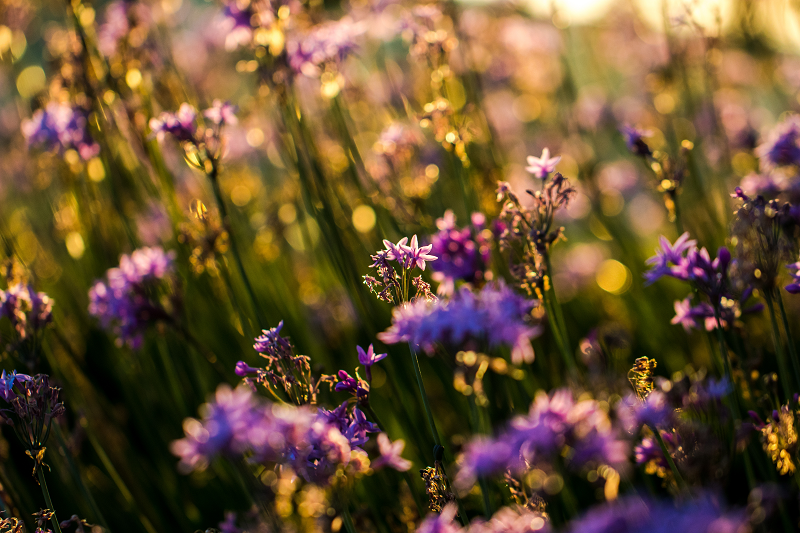
photo by: Jason Leung
• Capture Bokeh
Golden hour is also perfect for capturing bokeh –those out-of-focus spheres of light. To capture bokeh, use a wide aperture and try to compose your image so that the sun or light source is in the background.
While it does require some planning to get on-site during the early morning hours, or late afternoon, photographing during golden hour is an ideal time to capture some truly spectacular images. Be sure to try some of the above tips, or have fun experimenting and creating your own compositions. You’re sure to be rewarded with some exciting photos –ones that are bathed in beautiful golden light.
Have you photographed during golden hour? What tips can you share?